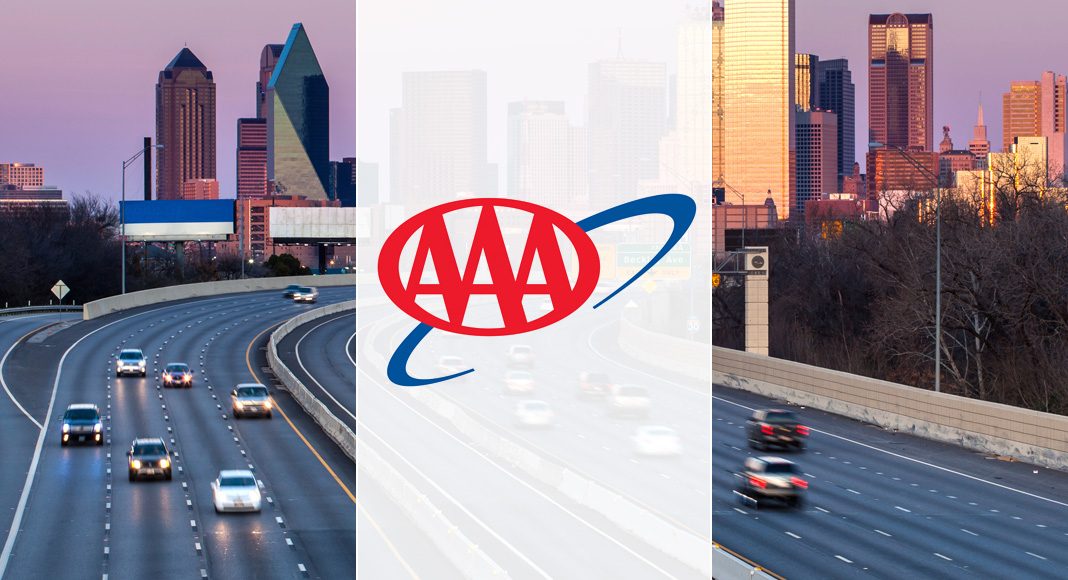While only one in five (20 percent) of U.S. drivers say they would trust an autonomous vehicle to drive itself with them in it, 61 per cent want at least one semi-autonomous vehicle technology feature in their next vehicle.
According to a survey carried out by AAA, three quarters of U.S. drivers, particularly women and those ages 55 and older, would be afraid to ride in a self-driving car. Despite this fear, demand for semi-autonomous technology is high, with six in ten American drivers wanting at least one of the following on their next vehicle: automatic emergency braking, adaptive cruise control, selfâparking technology or lane keep assist.
Key findings from the survey include:
- Only oneâinâïŹve (20 percent) of U.S. drivers would trust an autonomous vehicle to drive itself with them in it.
- Threeâquarters (75 percent) of U.S. drivers would be afraid to allow an autonomous vehicle to drive itself with them in it.
- Women (81 percent) are more likely than men (67 percent) to be afraid to allow an autonomous vehicle to drive itself with them in it.
- Drivers that have semiâautonomous technology in their vehicle are more likely to trust it than those that do not, speciïŹcally lane departure warnings/lane keep assist (84 percent vs 50 percent), adaptive cruise control (73 percent vs 47 percent) and automatic braking (71 percent vs 44 percent).
- Sixtyâone percent of U.S. drivers want at least one semi-autonomous vehicle technology feature in their next vehicle.
- For drivers who want semiâautonomous vehicle technology on their next vehicle, their primary motivation is safety (84 percent), convenience (64 percent) reducing stress (46 percent) and wanting the latest technology (30 percent).



















